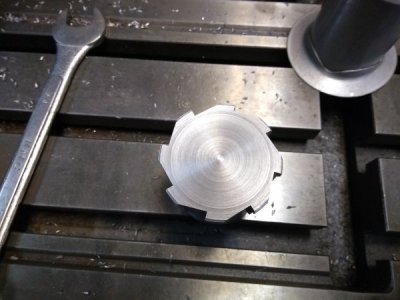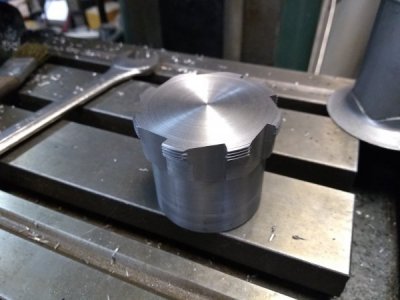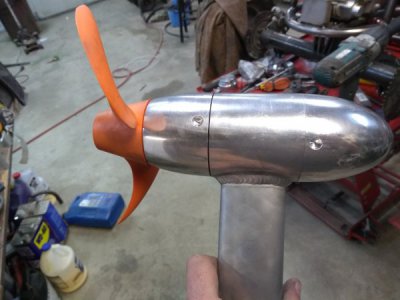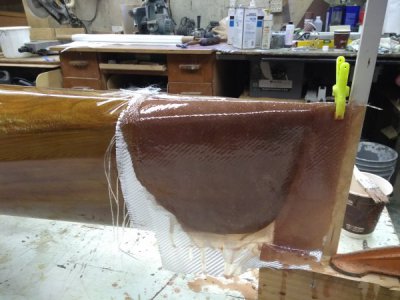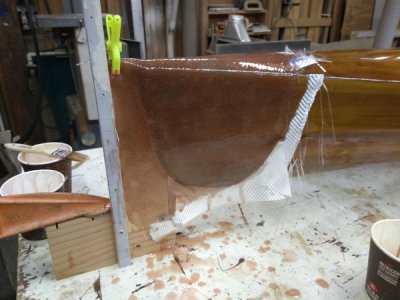I got the parts welded together and now I have a problem, I was hoping I left the housing thick enough so the welding wouldn't deform it enough to mess up the threads but it did. the threads will start and screw in a ways but they get tight after a turn or so.
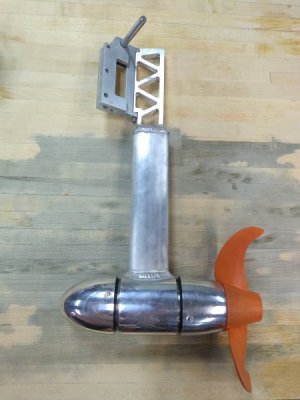
I'm thinking I need to make a tap to clean out the threads where they got deformed, I tried using a 1/2" x 20 tap as a scraper in the weld area to clean up the threads but it didn't work.
I have wires to measure the existing male threads so the question is how much bigger than the thread that I want to fit does the tap need to be? Also do I start with a larger major diameter also? I think I would have to.
I found this thread size on a chart but I didn't find any LH taps or RH either so I guess making one is the only way I'll get this project past this failure point.
2 other concerns that come up now that I can see it all together, my hinge pins on the rudder bracket are going to be under a bit of stress at full power so we'll see if they hold up and I think I am going to need a skeg to protect the prop from debris which means another bit of welding.
So any and all advise for making a large tap would be very welcome. Would mild steel cut the aluminum for a couple uses?

I'm thinking I need to make a tap to clean out the threads where they got deformed, I tried using a 1/2" x 20 tap as a scraper in the weld area to clean up the threads but it didn't work.
I have wires to measure the existing male threads so the question is how much bigger than the thread that I want to fit does the tap need to be? Also do I start with a larger major diameter also? I think I would have to.
I found this thread size on a chart but I didn't find any LH taps or RH either so I guess making one is the only way I'll get this project past this failure point.
2 other concerns that come up now that I can see it all together, my hinge pins on the rudder bracket are going to be under a bit of stress at full power so we'll see if they hold up and I think I am going to need a skeg to protect the prop from debris which means another bit of welding.
So any and all advise for making a large tap would be very welcome. Would mild steel cut the aluminum for a couple uses?


